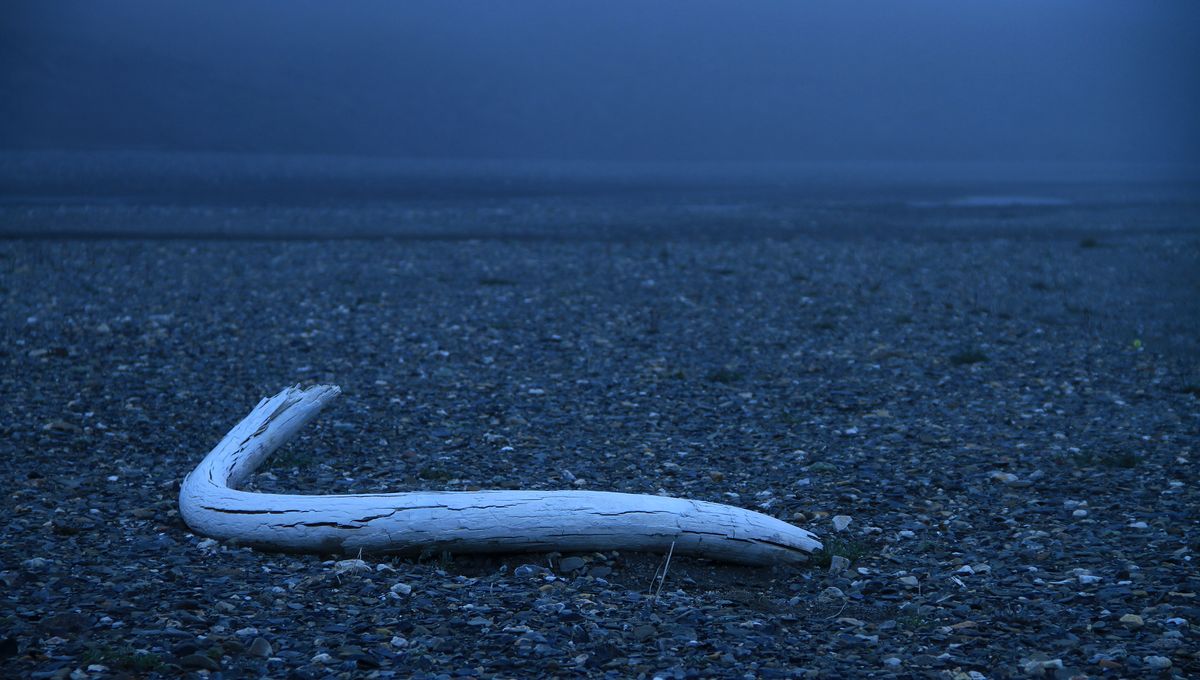
For thousands of years after mammoths had gone extinct elsewhere, they survived on Wrangel Island off Siberia. The cause of their final demise remains debated, but new evidence indicates we can rule out one popular explanation: inbreeding. Despite being descended from no more than eight individuals, the Wrangel mammoths had enough genetic diversity to still be here, if something else hadn’t killed them.
The world misses mammoths, as proven by the fact that investors are putting millions into plans to try to bring them back. There’s reason to believe if they were still around, they could be key players in the fight against global heating by keeping permafrost from melting. So why aren’t they here?
That question has two parts. One involves the question of why mammoths went extinct from most of their range at the end of the last ice age. The question remains contested between those who blame a changed climate and those who suspect human activity. It’s an example of a debate that rages regarding a wide range of big animals that have died out since modern humans left Africa.
The second part is much more narrowly focused, although it might have the same answer. As sea levels rose at the end of the Ice Age some mammoths living on what had been a peninsula were cut off from mainland Asia as their home turned into Wrangel Island. They survived there for 6,000 years, long after all (or maybe most) of their relatives had gone, but then they didn’t, leaving us to work out why.
Professor Love Dalén of Stockholm University led a study to test the genetics of the Wrangel Island mammoths for clues, in light of previous reports that Wrangel mammoths were losing their sense of smell and outstanding insulation. However, the DNA does not support this. “We can now confidently reject the idea that the population was simply too small and that they were doomed to go extinct for genetic reasons,” Dalén said in a statement.
Samples collected from 14 mammoths preserved on Wrangel, and seven elsewhere, indicate an extreme bottleneck on the island. A maximum of eight individuals at one time, presumably when isolation occurred, were ancestral to the entire subsequent population. That’s definitely not a basis for a healthy long-term population. The mammoths’ immune systems were probably particularly affected. Meanwhile the mainland population appears to have been remarkably genetically stable over tens of thousands of years, even during a period of sudden warming 14,000 years ago.
Nevertheless, the mammoths reached a population of 200-300 within a few hundred years. “[I]t was probably just some random event that killed them off, and if that random event hadn’t happened, then we would still have mammoths today,” Dalén said. If only.
Indeed, comparing the ages of the samples, the team concluded the most harmful mutations were being eliminated from the Wrangel population, while more minor ones accumulated. Had they survived, the Wrangel Island mammoths may have been capable of reclaiming the global tundra.
This isn’t just a tale of what we’ve lost, however. The finding could influence strategies for saving endangered species today. We know some other mammals, humanity included, have been through narrow bottlenecks, but this could be a uniquely thin one followed by hundreds of generations of descendants we can study.
“Mammoths are an excellent system for understanding the ongoing biodiversity crisis and what happens from a genetic point of view when a species goes through a population bottleneck because they mirror the fate of a lot of present-day populations,” said first author Marianne Dehasque.
With so many endangered species, there are always arguments about triage, and whether some have reached a point where they are beyond saving, with resources better directed elsewhere. Yet if just eight mammoths could create a semi-healthy population, maybe almost animal is saveable.
Dehasque draws another lesson from the findings, saying, “It’s important for present day conservation programs to keep in mind that it’s not enough to get the population up to a decent size again; you also have to actively and genetically monitor it because these genomic effects can last for over 6,000 years.”
If you’re imagining an island so small the mammoths had nowhere to roam, and may have died from overgrazing, you’re wrong. Wrangel Island is a surprisingly big place for somewhere you’ve probably never heard of in any other context. At 7,600 square kilometers (2,900 square miles) it’s not much smaller than Crete, which could certainly support hundreds of elephant relatives if anyone wanted to make it happen. Bali and Prince Edward Island are among the better known examples of substantially smaller places.
None of the samples used in this study came from the mammoths’ last 300 years. However, the authors have now obtained specimens from that period and will test them in the hope of finding clues to resolve the disappearance they conclude was quite sudden.
The study is published in Cell.
Source Link: The World’s Last Mammoths Were Inbred But That’s Not Why They Died